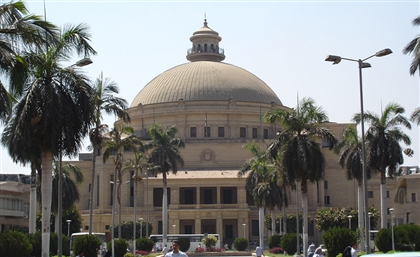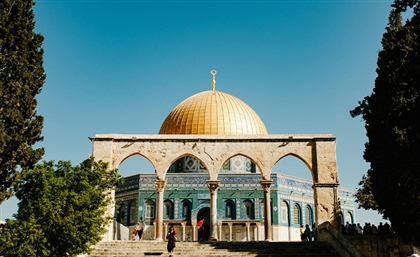Yemen’s Socotra Island is a Coveted Spot Hidden from the World
Famous for its unconventional flora, reminiscent of alien sci-fi landscapes, this UNESCO World Heritage site’s charm lies in its seclusion from the rest of the modern world.
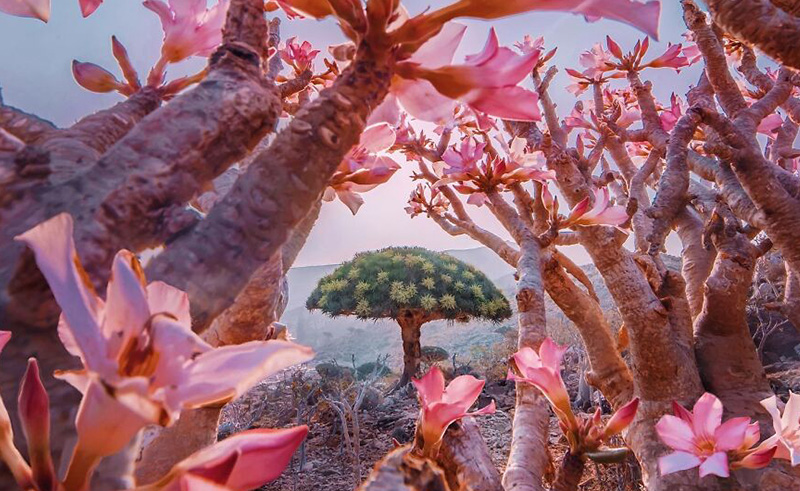
With its lush rolling hills, otherworldly signature trees and vast canyons, the aptly-named Yemeni haven Socotra, which loosely translates to “island of bliss”, is the stuff of legend.
-5e347db8-4e76-45f8-bd71-97a7e3f41676.jpg)
Not only was this esoteric island the topic of actual Sanskrit legends but its near complete seclusion from prying tourist eyes and its countless scenic wonders - left unblemished by callous visitors - are also practically unheard of in today’s hyper-interconnected world.
-62222f74-142e-4d1b-ab1b-f7f356d56581.jpg)
Situated in the middle of the Indian Ocean, Socotra is the largest of a cluster of islands considered to be untouched hubs of biodiversity. Boasting nearly 700 endemic species of flora and fauna, most of which look like they came straight out of Tim Burton’s sketch book, this enchanting island is the unchallenged crowning jewel of ecotourism.
-ceaa879b-fe63-425a-9af3-625020e6bb3a.jpg)
The most famous of the island’s breathtaking vegetation is the Avatar-esque Dragon’s Blood Tree with its seemingly-exposed underbelly consisting of numerous intertwining roots and branches, creating a towering piece of flora that’s truly mesmerizing. The red sap that’s extracted from this tree is believed to have been the dragon’s blood of the residents’ ancient ancestors and nowadays is used as vibrant paint. This botanical wonder is only one of many on this small floating strip of land, which is widely considered to be one of the most breathtaking UNESCO World heritage sites in the world.
-f766a025-7bf2-4837-a14d-85ec595d5283.jpg)
If the unique botanical wonders don’t sway you to go, then maybe the impressive Hajhir Mountains will. Extending far into the sky, this rich mountain range is popular amongst avid hikers and rock climbers alike due to its magnificent views, picturesque canyons and, of course, its verdant surroundings.
As for the adventurous history-nuts, the Hoq Cave provides a historical display of art and culture with its numerous inscriptions and drawings documenting the island’s surprisingly impressive trading history and its rare visits by sailors from the olden days.
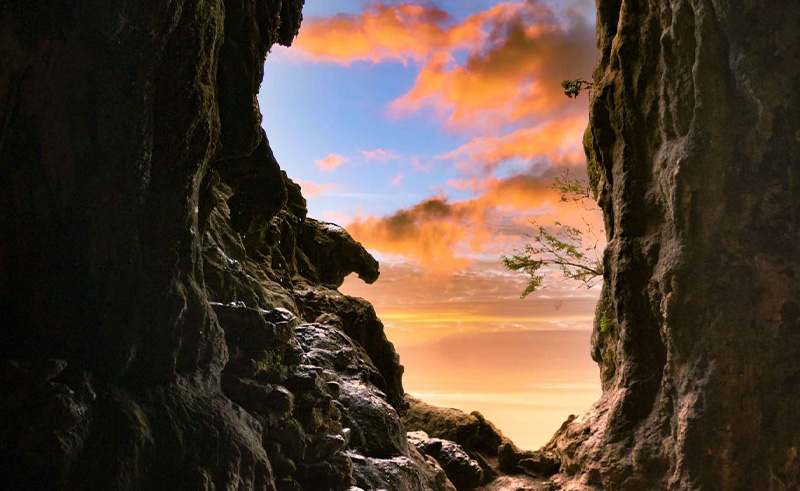
And, if you’re lucky enough, you might even bump into the notorious Abdullah the Caveman (who is most definitely not an actual caveman) by the Detwah Lagoon. The interesting moniker was bestowed upon Abdullah by enthusiastic travelers, who learned of Abdullah’s upbringing inside the cave his mother was born in. Although he currently resides in a small town with his family, Abdullah frequents the cave during tourist seasons and spends the rainy monsoon months there. Abdullah rose to fame through his daring showcase of different sea creatures, including live octopi, to interested (and probably slightly scared) onlookers. His vast oceanic knowledge is supplemented by his impressive fishing skills and the appetizing fresh mussels, fish and crabs he serves to hungry visitors.
-a29126b6-9b94-4b88-97d3-e1c8315fcc0b.jpg)
Considering the isolation of this island from the rest of Yemen and the world, it’s no surprise that their infrastructure is sparse, allowing nature to run rampant and creating a dream landscape for anyone even remotely interested in camping. Surprisingly, there are no restrictions on where and when you can camp but you’ll find that most tourists choose to set up shop in the Diksam Plateau, home to the Dragon’s Blood Trees and far from the island’s largest and busiest town Hadibo, between October and April - the prime months weather-wise.
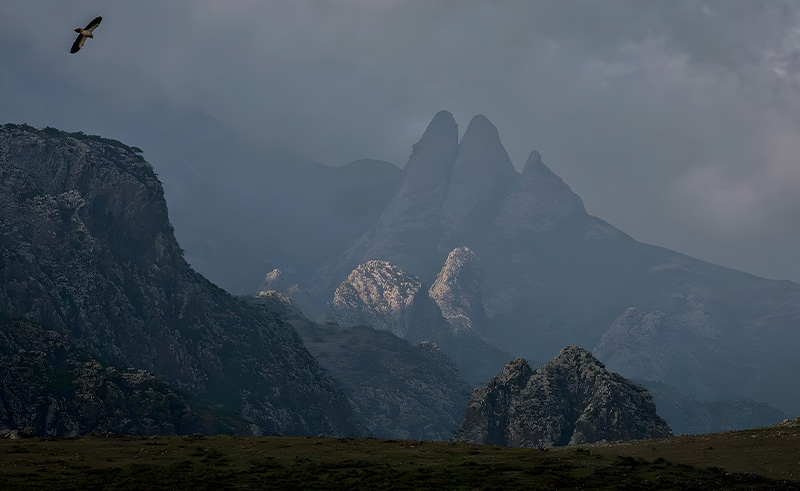
If you’re planning on booking a trip to Socotra, you should free up your schedule for a full exciting week, as - true to its secluded nature - the island is only reachable by plane once every seven days. There’s one flight from Cairo with two stops, one in Aden and another in Mukallá, and another direct humanitarian charter flight from Abu Dhabi in the UAE, which currently has administrative control over the island.
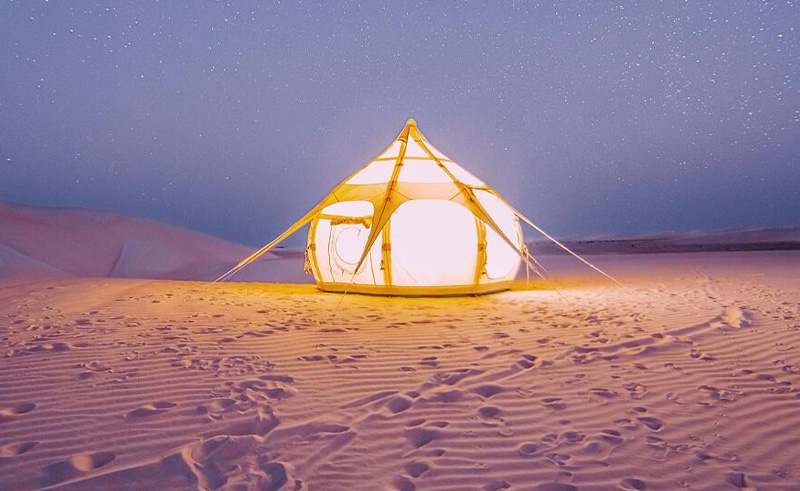
In the world we currently live in, finding any patch of rich and unspoiled land is a herculean task, wielding little to no results. It’s hard to imagine any place, let alone one so alien-like and intriguing, evading the grip of global homogenization and yet, Socotra is the exception to the rule. It is for this reason that Socotra has slowly morphed into a sort of rare unearthed diamond.
You’d better catch it in all its natural glory before the inevitable encroaching tentacles of uniformity get there first.




